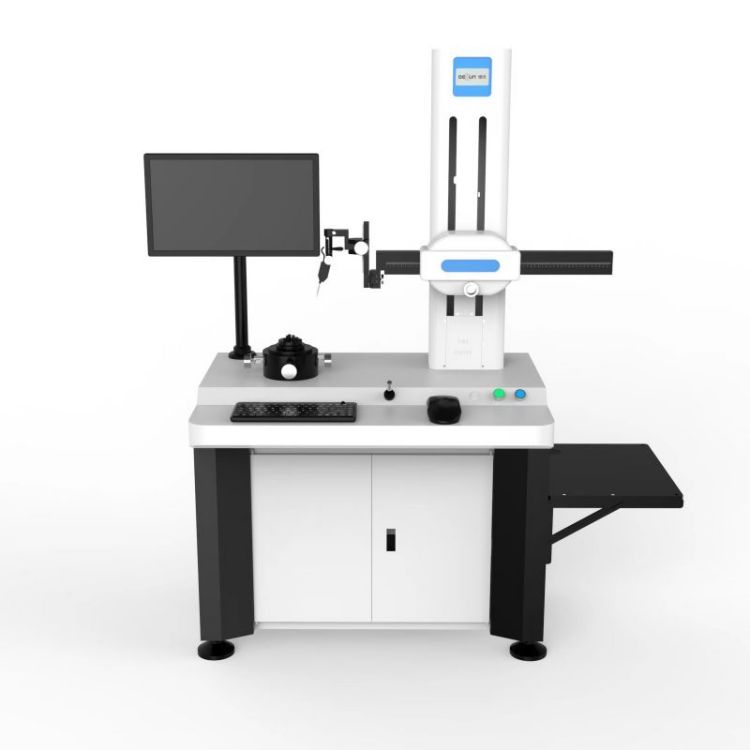Family: Rosaceae, Rose
Species: Deciduous Shrubs
Morphological Characteristics:
These plants grow in clusters, are upright, and typically reach a height of 30 to 50 cm. They have thorny stems, alternate pinnate leaves with sharp serrations along the edges, and are known for their attractive appearance.
The flowers are grouped at the top of the branches and are multi-headed. They feature double petals, with a diameter of approximately 3 cm. Available in colors such as red, pink, and yellow, they can bloom throughout the year under suitable growing conditions.
Growth Habits:
Diamond roses thrive in warm, humid, and sunny environments with good air circulation. They should be kept away from dark, damp, and poorly ventilated areas. These plants have some cold tolerance and prefer loose, fertile soil rich in organic matter with good drainage and a neutral pH.
During the growing season, it’s best to keep them outdoors in a well-ventilated, sunny spot. Watering should follow the “see dry, see wet†method—avoid both overwatering and allowing the soil to dry out completely. Apply diluted liquid fertilizer or compound fertilizer every 7 to 10 days. In summer, when temperatures are high, growth slows down, and flowering becomes less frequent. At this time, place them in a shaded but well-ventilated area without fertilizing.
After each bloom, remove the spent flowers and cut back the shoots just above the second or third compound leaf, about 0.5 cm above, to encourage new growth and re-flowering. At the beginning of winter, perform a heavy pruning by removing weak branches and cutting back other branches by one-third to one-half. Then, move the pots to a sheltered, sunny outdoor location or a cold room during winter. Ensure the temperature isn't too high to prevent early growth, which could affect next year's development.
Additionally, you can repot the plant before the spring growth period.
Propagation Methods:
Diamond roses can be propagated through various methods, including layering. You can also take robust, healthy shoots after the growing season has ended, usually around one week later, and plant them in sandy or loamy soil. Keep the soil and air moist, and avoid direct sunlight to help the cuttings root easily. Water propagation is also an effective method.
Uses:
With its compact size, delicate flowers, and vibrant colors, diamond rose is ideal for indoor pot cultivation, balcony gardens, and landscape design. It can also be used for cut flowers and is often artificially bloomed in winter, making it a popular choice for ornamental purposes.
A roundness tester is a measuring tool that uses the rotation axis method to measure the roundness error of a workpiece. The roundness tester is divided into sensor rotary and workbench rotary. During measurement, the measured part is installed concentric with the precision shaft system, and the precision shaft is equipped with an inductive length sensor or workbench for precise circular motion. The roundness meter consists of an instrument's sensor, amplifier, filter, and output device. If the instrument is equipped with a computer, the computer is also included in this system.
A roundness tester is a precision instrument used to measure the out-of-roundness of a rotating surface (shaft, hole, or spherical surface) of a component. There are usually two types: small desktop, where the workpiece is mounted on a rotating workbench and the measuring head is mounted on a fixed column; and Large floor mounted, with the workpiece installed on a fixed workbench and the measuring head installed on the rotating spindle. During measurement, the measuring head contacts the workpiece's surface, and the instrument's rotating part (workbench or spindle) rotates for one cycle. Due to the extremely high accuracy of the supporting bearings in the rotating part, the measuring head will generate a high-precision circular trajectory on the measured surface during rotation. The out-of-roundness of the measured surface causes the measuring head to shift and transform into an electrical (or pneumatic) signal. After amplification, it can be automatically recorded on a circular recording paper, and the out-of-roundness of each part can be directly read out for accuracy evaluation and process analysis and widely used in precision bearings, machine tools, and instrument manufacturing industries.

The Roundness Testeradopts a radius measurement method and operates in a rotating manner. The rotation axis system of the roundness meter adopts a high-precision air floating spindle as the measurement reference; The electrical part of the roundness tester is composed of advanced computers, precision circular grating sensors, and precision inductance displacement sensors. The circular grating sensors and precision inductance displacement sensors measure angle and radial displacement, ensuring the accuracy of measuring the angular displacement and radial value of the workpiece; The roundness meter measurement software adopts a roundness measurement software based on the Chinese version of WinXP operating system platform, completing data collection, processing, and measurement data management.
China Roundness Measuring Instrument,Roundness Tester Machine,Mitutoyo Roundness Tester Manufacturer
Zhejiang dexun instrument technology co., ltd , https://www.dexunmeasuring.com